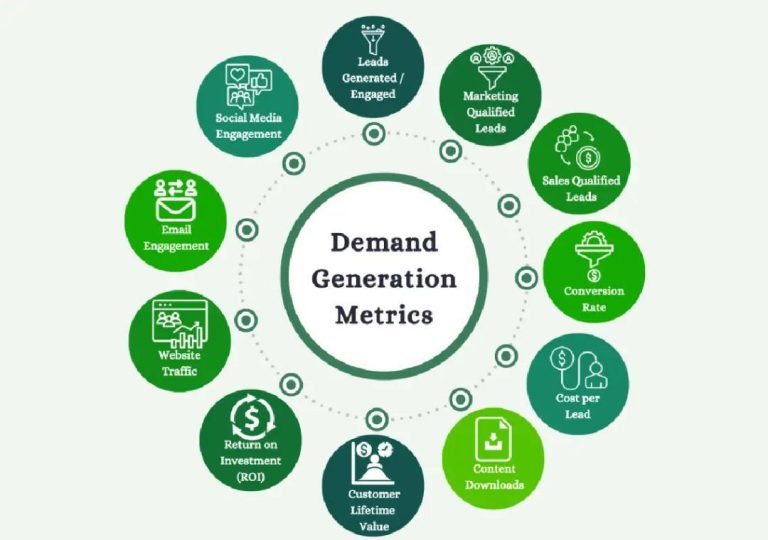
Choosing Between D2C and B2C Models: A Comprehensive Guide
In today’s fast-paced and competitive business landscape, companies are constantly seeking innovative ways to reach their target audience, increase sales, and stay ahead of the curve. Two popular models that have gained significant attention are Direct-to-Consumer (D2C) and Business-to-Consumer (B2C). While both models have their own set of advantages and disadvantages, choosing the right one for your business can be a daunting task.
In this blog post, we will delve into the world of D2C and B2C models, exploring their key differences, pros, and cons. We will also examine the factors to consider when deciding between these two models and explore the benefits of hybrid approaches that combine the best of both worlds.
What is D2C and B2C?
Before we dive into the differences between D2C and B2C, let’s start with a brief overview of each model.
Direct-to-Consumer (D2C) Model:
The D2C model involves selling products directly to consumers, bypassing traditional retail channels. This approach allows companies to have complete control over the customer experience, product development, and pricing. D2C models are often used by companies that produce high-end or niche products, where the brand is the primary selling point.
Business-to-Consumer (B2C) Model:
The B2C model involves selling products to customers through various retail channels, such as physical stores, online marketplaces, or distributors. This approach allows companies to reach a wider audience, but also involves sharing revenue with retailers and distributors. B2C models are often used by companies that produce mass-market products, where the focus is on volume sales rather than brand loyalty.
Key Differences Between D2C and B2C:
While both models have their own unique characteristics, there are several key differences that set them apart.
- Control: D2C models give companies complete control over the customer experience, product development, and pricing. B2C models, on the other hand, involve sharing control with retailers and distributors.
- Revenue: D2C models allow companies to retain a larger share of revenue, as they don’t have to share it with retailers. B2C models involve sharing revenue with retailers and distributors.
- Marketing: D2C models require companies to invest in targeted marketing campaigns to reach their target audience. B2C models involve leveraging existing retail channels to reach customers.
- Product Range: D2C models are often used for niche or high-end products, while B2C models are used for mass-market products.
- Customer Relationship: D2C models allow companies to build stronger relationships with customers, as they have direct control over the customer experience. B2C models involve building relationships with customers through retailers and distributors.
Factors to Consider When Choosing Between D2C and B2C:
When deciding between D2C and B2C models, several factors need to be considered.
- Market Competition: If the market is highly competitive, a D2C model may be more effective, as it allows companies to differentiate themselves through targeted marketing and unique products.
- Available Resources: Companies with limited resources may find it more challenging to implement a D2C model, as it requires significant investments in marketing and infrastructure.
- Product Nature: If the product is niche or high-end, a D2C model may be more suitable, as it allows companies to cater to a specific audience. If the product is mass-market, a B2C model may be more effective.
- Target Audience: Companies that cater to a specific audience, such as young adults or professionals, may find a D2C model more effective, as it allows them to target their audience directly.
Hybrid Approaches: Combining the Best of Both Worlds
Many companies are opting for hybrid approaches that blend direct-to-consumer and traditional retail strategies. This combination helps them maximize market reach, optimize profitability, and cater to diverse customer preferences.
Benefits of Hybrid Approaches:
- Increased Market Reach: Hybrid approaches allow companies to reach a wider audience, as they can leverage existing retail channels and target their audience directly.
- Optimized Profitability: Hybrid approaches enable companies to retain a larger share of revenue, as they can optimize pricing and product development.
- Diverse Customer Preferences: Hybrid approaches allow companies to cater to diverse customer preferences, as they can offer products through various channels and price points.
Conclusion:
Choosing between D2C and B2C models depends on several factors, including market competition, available resources, product nature, and the target audience. While both models have their own set of advantages and disadvantages, a hybrid approach that combines the best of both worlds can be the most effective way to maximize market reach, optimize profitability, and cater to diverse customer preferences.
By understanding the key differences between D2C and B2C models, companies can make informed decisions about which model to adopt and how to optimize their approach for maximum success.
Sources:
https://www.growthjockey.com/blogs/d2c-vs-b2c-key-differences






